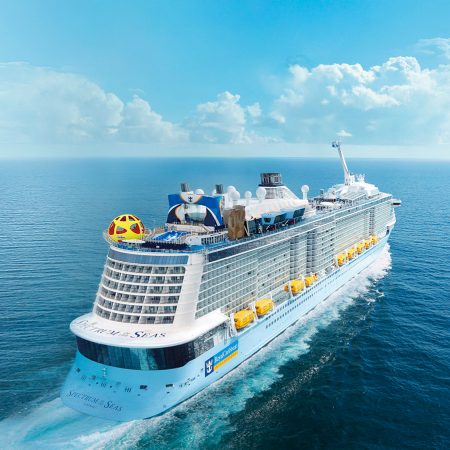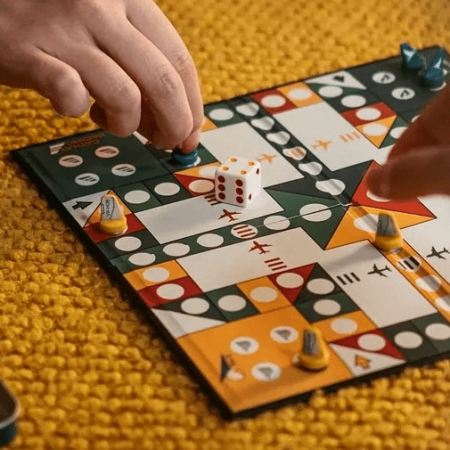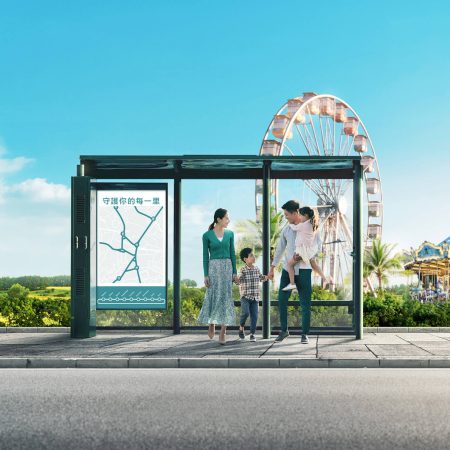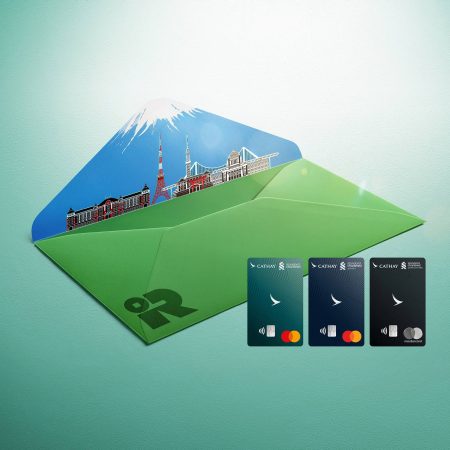Where you can still see samurai live and fight
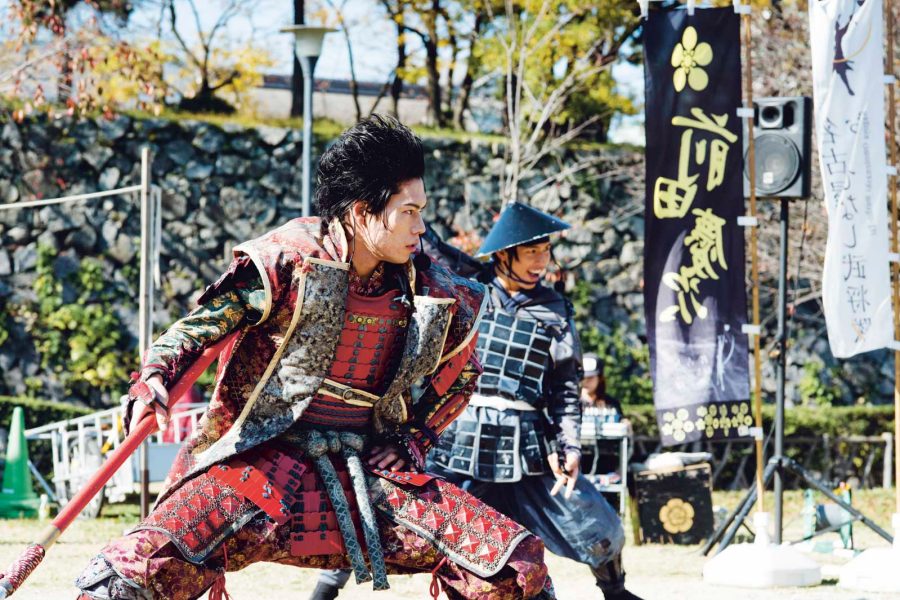
Below the towering stone ramparts of Nagoya Castle, ringed by delicate cherry blossoms, two ancient warriors fight to the death. As sword strikes armour, the clanging sound of metal reverberates through the late-morning air. And finally, here in the heart of Japan’s fourth-largest city, schoolchildren, tourists and military enthusiasts witness the death of a long-dead samurai. With this defeat, the battle draws to a close.
The two young combatants – breathless, but not lifeless – take a break to sip green tea. They carefully remove helmets and readjust topknots, as female admirers wield smartphones, giggle and bashfully request autographs. Many samurai, a warrior class of days gone by, lived in the shadow of death. But today’s skirmish is all about education and entertainment, not honour and glory. For these are two members of the Nagoya Omotenashi Bushotai (‘band of gracious warrior commanders’), formed in 2009 to promote tourism in Nagoya and to heighten interest in samurai culture.
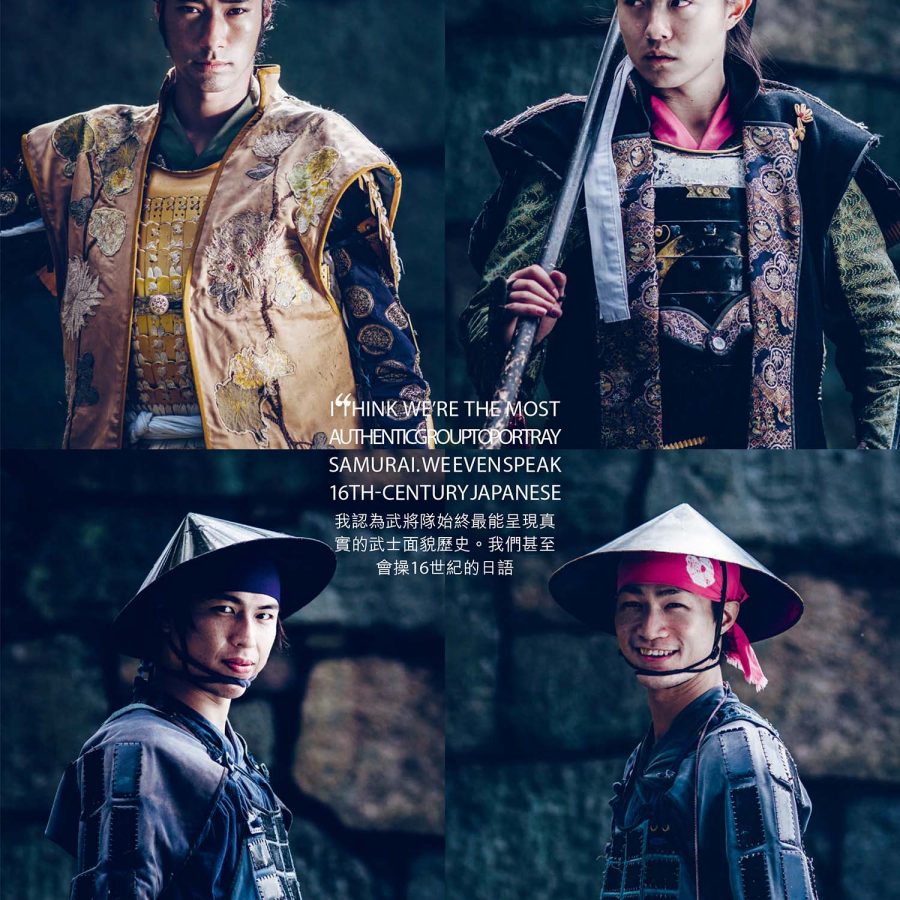
Credit: Irwin Wong
The Omotenashi Bushotai currently comprises six bushos, or army generals, and four jingasa, or footsoldiers. With a pair always present at Nagoya Castle on weekdays, weekends typically see at least five members put on sword fights, dances and traditional drum performances. The group has become so popular they regularly travel across Japan and overseas.
‘Over the past seven years we have become quite famous,’ says Aoki Takatsugu, the group’s general manager. ‘Members come and go, and other groups try to imitate us, but I think we’re the most authentic. We even speak 16th-century Japanese.’
‘I think many Japanese people feel something inside when they witness our performance,’ says 34-year-old member Gaku Kurahashi, who always portrays famous samurai general Ieyasu Tokugawa. ‘Perhaps some have lost touch with our country’s history. We bring the past back to life for them.’
That the Omotenashi Bushotai should choose to base themselves in Nagoya isn’t just happenstance; Nagoya, as well as the surrounding Aichi prefecture, is the heartland of the samurai. ‘The majority of samurai who went on to achieve great things were born in and around this city,’ says Chris Glenn, an Australian expat, samurai aficionado and long-time Nagoya resident. ‘Today, wherever you go in Aichi, you’re never far from samurai history.’ From 1467 onwards, Japan experienced a turbulent period of nearly constant civil war.
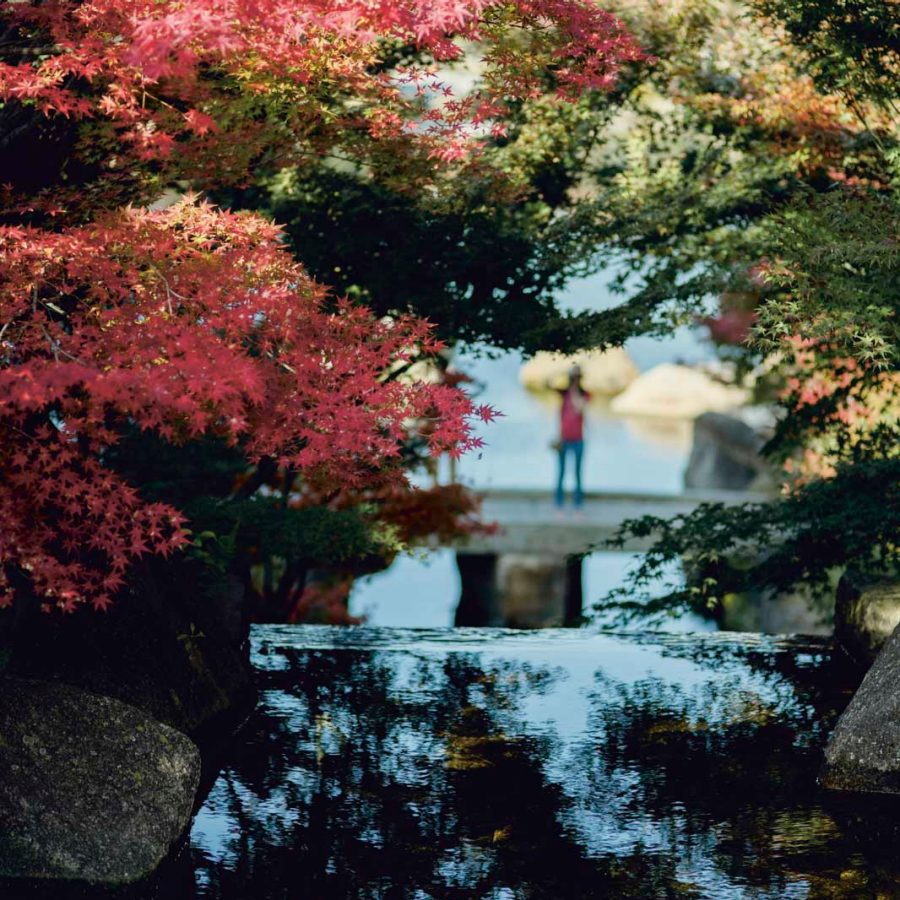
Credit: Irwin Wong
For me, Ieyasu is an inspiration,’ says Kurahashi. ‘His actions show that power, when used wisely, can be a real force for good, and that samurai weren’t only interested in fighting. Ieyasu shows that samurai worked for harmony and prosperity and the well-being of the people.’
Nagoya Castle is still the focal point of the city and makes a great first port of call for those looking to learn more about samurai culture. The gorgeous Honmaru Palace, originally part of the castle complex and currently being restored, is now partly open (the last part will open in 2018). Samurai enthusiasts should also visit Nagoya’s Tokugawa Art Museum, which exhibits various treasures of the Tokugawa clan, and the nearby samurai castles of Inuyama, Kiyosu and Komaki. The samurai battlefields of Komaki-Nagakute, Okehazama and Nagashino also lie within the Nagoya area, while 50 kilometres north of the city are the Sekigahara battlefields.
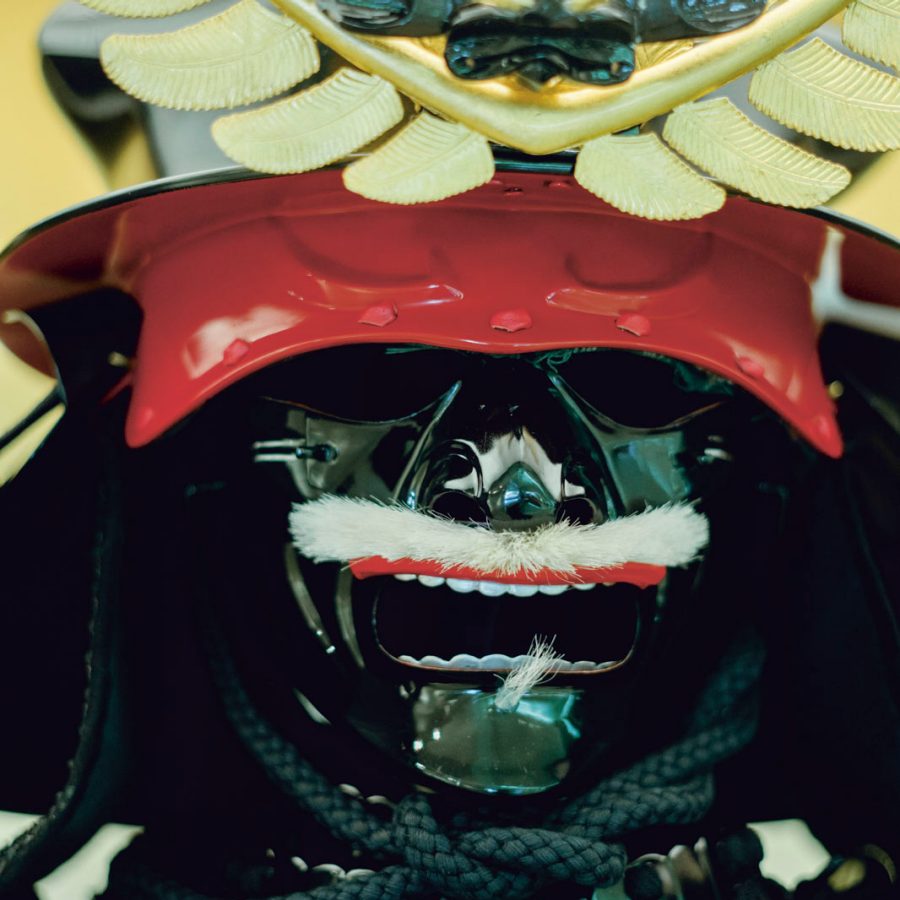
Credit: Irwin Wong
During this time – known as the Sengoku or Warring States period – the country’s local warlords overthrew military governors appointed by the shogunate (shoguns were the de facto military dictators of Japan from 1192 to 1867) and then fought among themselves for power.
It is this bloody episode in Japanese history that is depicted in many classic samurai movies, such as Akira Kurosawa’s epic masterpiece Seven Samurai. The chaos only came to an end in 1603 under the Tokugawa Shogunate headed by Ieyasu Tokugawa, one of Japan’s greatest samurai warriors. With its bountiful agriculture, rich natural resources and position at a trading crossroads, Aichi was often coveted by neighbouring warlords. Defence was a priority, and the prefecture was once home to over 3,000 castles.
Nagoya Castle was one of Aichi’s finest, most impressive and best-constructed castles, built by Ieyasu in the early 1600s. It was almost completely surrounded by water and virtually impregnable. Ieyasu ordered residents from the nearby town of Kiyosu – together with their temples and shrines – to move to the area around the castle, which soon developed into a bustling town.
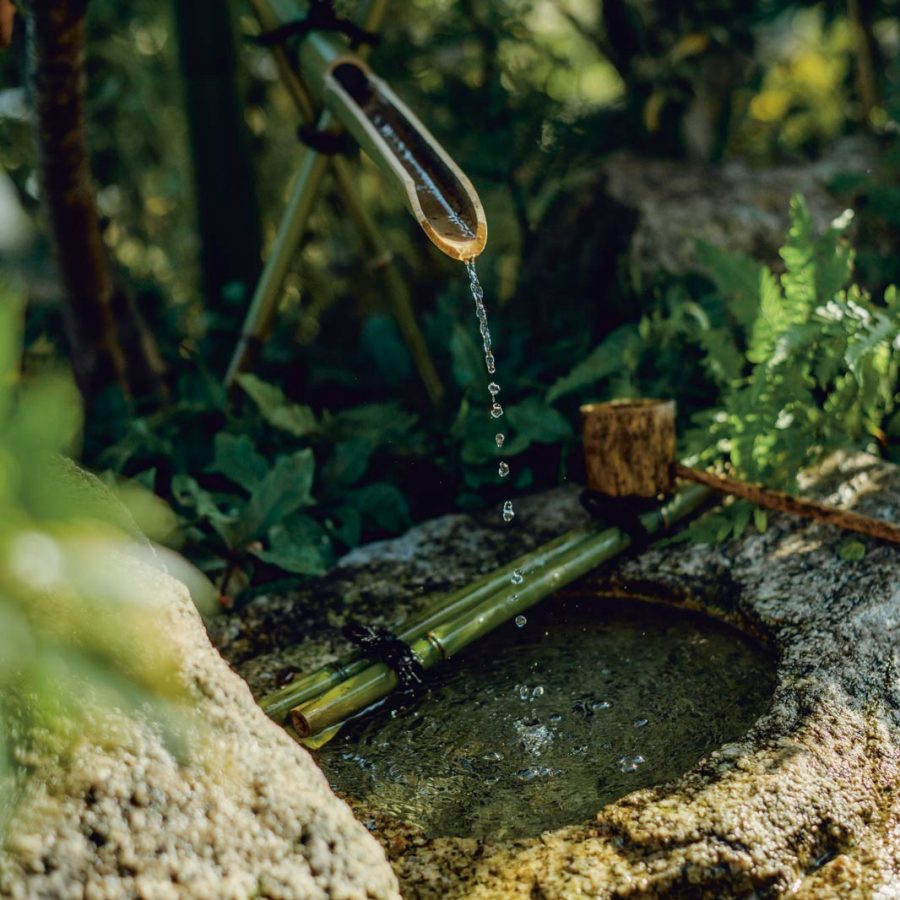
Credit: Irwin Wong
It was here in 1600 that over 30,000 samurai warriors died in seven hours of gory combat. Those walking around the cities and towns of Japan today still encounter the samurai. His face and weapons appear on posters and billboards, on museum banners and comic book covers, and in shop windows celebrating Children’s Day, a time for families to celebrate the health, vitality and inner warrior of their offspring.
‘The samurai spirit still resides in the minds and bodies of many Japanese people,’ says Takatsugu. ‘We saw this in the stoic behaviour of the people during the Great East Japan Earthquake in 2011.’
During the Edo period (1603-1867) the principles of bushido, the samurai code of conduct, developed as a more general way of behaviour for the Japanese people, emphasising military skills and fearlessness, as well as frugality, compassion, honesty and care for one’s family. Today many aspects of bushido remain deeply rooted in Japan’s national character and social values. Japanese schoolchildren practise the classic warrior skills of sword fighting (kendo), archery (kyudo) and hand-to-hand, unarmed combat (jujitsu).
Conformity, rather than individuality, reinforces loyalty to one’s family and society. ‘As warriors, the samurai belong in the past,’ says Kurahashi. ‘But their soul is still alive. The history of Japan is neither a fairy story nor a Hollywood movie. I believe the dedication, loyalty and cultured ways of the samurai are still relevant. They can still guide us to lead better lives.’
More inspiration
- China – the Chinese Mainland, Hong Kong SAR, Macao SAR and Taiwan Region
- Hong Kong SAR - English
- Chinese Mainland (China) - English
- Taiwan, China - English
- 香港特別行政區 - 繁體中文
- 中国內地 - 简体中文
- 中國台灣 - 繁體中文
- Africa
- South Africa - English
- Asia
- Bangladesh - English
- Korea - English
- Singapore - English
- Cambodia - English
- 한국 - 한국어
- Sri Lanka - English
- India - English
- Malaysia - English
- Thailand - English
- Indonesia - English
- Maldives - English
- ประเทศไทย - ภาษาไทย
- Indonesia - Bahasa Indonesia
- Myanmar - English
- Vietnam - English
- Japan - English
- Nepal - English
- Việt Nam - tiếng Việt
- 日本 - 日本語
- Philippines - English
- Australasia
- Australia - English
- New Zealand - English
